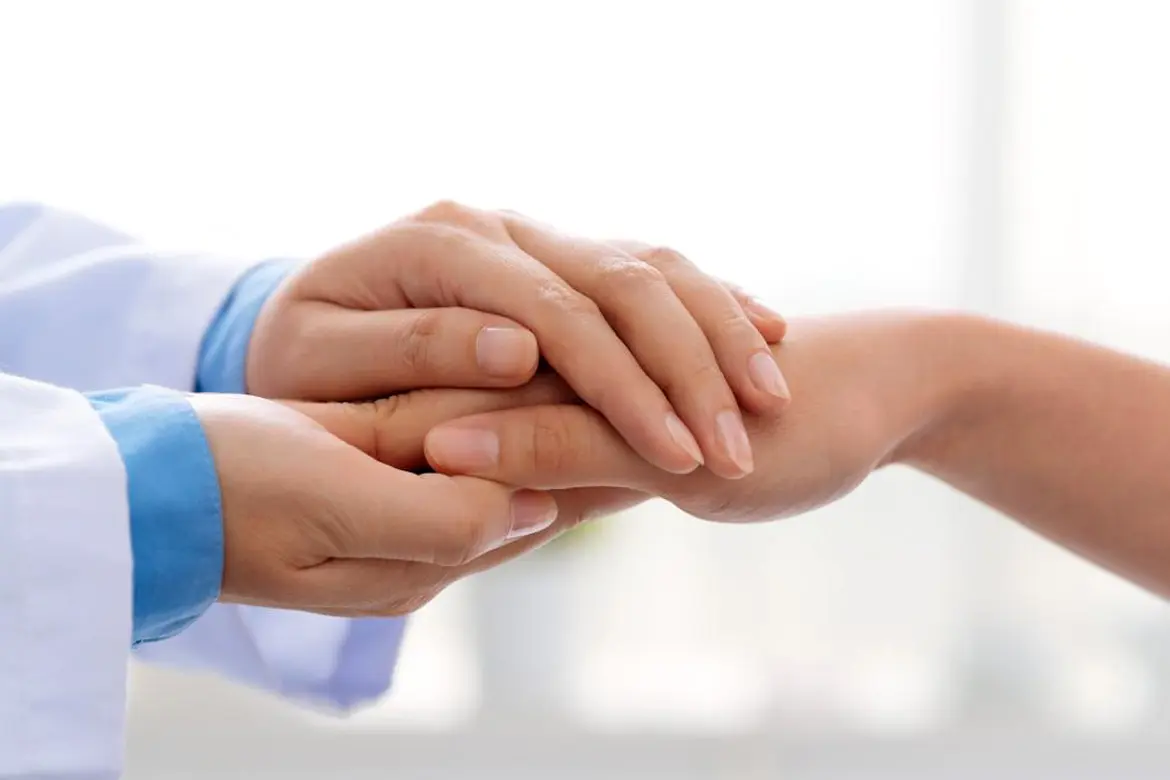What is a fever?
A fever is an increase in body temperature above the normal temperature, usually caused by an infection. Normal body temperature is around 37°C, although there may be some minor fluctuations over the course of the day and night.
Infection is usually the cause of fevers in the general public. These often include the common cold, tonsillitis, pneumonia (infection of the lungs) and gastroenteritis (a tummy bug that causes diarrhoea and vomiting).
More rarely, long-term illnesses such as rheumatoid arthritis, heat stroke and at times, some cancers, can cause a fever.
Why do I get a fever?
A fever triggered by a viral or bacterial infection is caused by chemicals produced by the immune system. Most cases of mild fever clear up by themselves within a couple of days. A mild fever (up to 39°C) can actually help the immune system to get rid of an infection.
Contrary to popular belief, the severity of fever isn't necessarily related to the seriousness of the illness – for example, life-threatening meningitis (an infection of the protective layers surrounding the brain) may only cause a small rise in temperature.
What are the symptoms of a fever?
The symptoms of fever include:
- Feeling generally unwell
- Feeling hot and sweaty
- Shivering
- Chattering teeth
- Flushed face
In children between the ages of 6 months and 6 years, fever can occasionally trigger convulsions. A fever of 42.4°C or higher can sometimes permanently damage the brain, particularly in the elderly.
My child has a fever. What should I do?
Fever is common in children. On average, a child has up to 10 infections per year.
However, body temperature isn't actually a reliable indicator of illness for babies and young children – a child may have a mild rise in temperature according to the thermometer (slightly over 37°C), and still seem happy and healthy.
Dr Kannan always advises to seek medical help if your child has a temperature and:
- Is aged 6 months or younger
- Has a rash
- Has a fever of 40°C or more
- Still has a fever after a day or two, even after taking baby/child paracetamol
- Vomits or has persistent diarrhoea
- Refuses food or drinks
- Cries inconsolably
- Appears floppy, non-responsive or just looks unwell to you
- Starts having convulsions or twitches
- Has trouble breathing
- Is in pain
- If you feel worried or concerned at any stage
I have a mild fever. Can I treat it at home?
You can treat a mild fever yourself by taking the appropriate doses of paracetamol (provided you’re not allergic) to help bring your temperature down, as well as:
- Drinking plenty of plain water
- Avoiding alcohol, tea and coffee as these drinks can cause slight dehydration
- Sponging exposed skin with tepid water
However, you should always consult a doctor if:
- You are still feverish after 3 days, despite home remedies
- Your temperature is over 40°C
- You are shivering and shaking involuntarily, or your teeth are chattering
- You feel hot but are not sweating
- You feel more unwell as times goes by
- You have unusual symptoms, such as vomiting, neck stiffness, skin rash, rapid heart rate, chills or muscle spasms
- You feel confused and drowsy
- You have a severe headache that doesn’t respond to painkillers
- You have recently travelled overseas
You should always see your doctor immediately if you have a fever with a headache, stiff neck or a rash that does not disappear when you apply pressure, as this indicates bleeding in the skin. This can at times indicate a life-threatening illness.
How will the doctor treat my fever?
This depends on why you have a fever. For example, if you have chronic tonsillitis, you may need surgery to have your tonsils removed (tonsillectomy).
If your fever is caused by a viral infection, don't bother asking your doctor for antibiotics, as they won't have an effect on the virus. And in cases of mild bacterial infection, it is usually best to rest well and let your immune system handle the problem. Your doctor will be able to suggest the best course of action for you!














